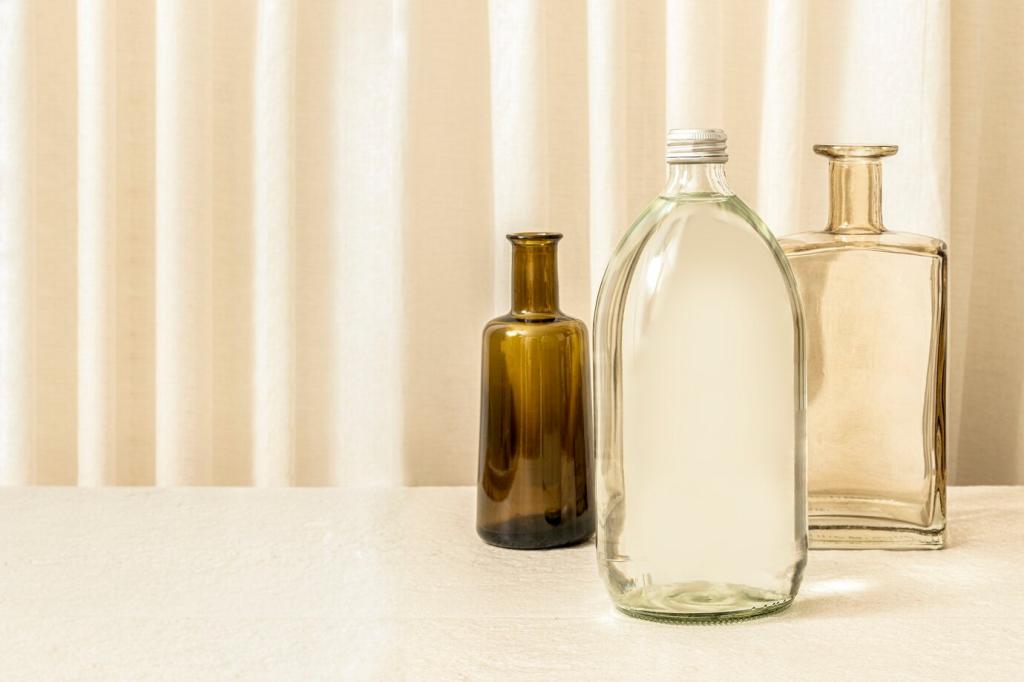
Biodegradable Options in Modern Design
Chosen theme: Biodegradable Options in Modern Design. Welcome to a friendly exploration of materials, methods, and stories that help products return safely to nature. Dive in, ask questions, and subscribe if you care about design that supports life, not landfill.
Why Biodegradability Matters in Modern Design
Overflowing landfills and microplastic pollution aren’t abstract statistics; they are design briefs demanding better decisions. When we specify materials, we influence entire systems—collection, composting, and consumer behavior. Tell us where you see waste transformed into value in your community, and what barriers still stand in the way.

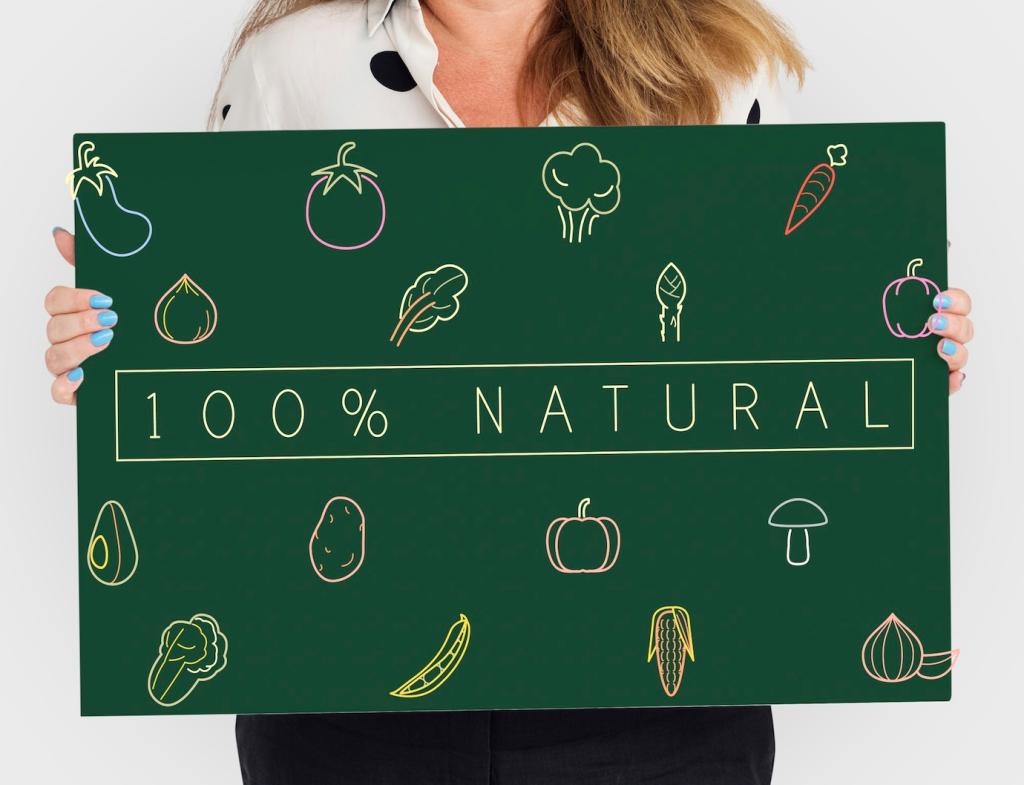
Why Biodegradability Matters in Modern Design
Biodegradation relies on microorganisms, oxygen, moisture, and temperature. Different materials break down at different rates, with industrial composting often accelerating the process. Understanding these conditions helps designers choose appropriate substrates and end-of-life pathways. If you have lab or field results, share them so others can learn from real decomposition data.
PLA and PHA: Plant-Based Polymers
PLA offers clarity and rigidity but typically requires industrial composting to truly break down. PHA can degrade more readily in diverse environments, yet cost and availability remain challenges. Both demand careful design to avoid contamination and to communicate proper disposal. Which polymer has served you best, and why?
Mycelium, Seaweed, and Bagasse
Mycelium creates lightweight, protective structures that insulate and compost cleanly. Seaweed-derived materials form flexible films and gels with promising barrier properties. Bagasse—sugarcane fiber—delivers sturdy tableware and packaging. Each brings unique textures, strengths, and decomposition profiles. Share your handling tips, finishing techniques, and real-world durability impressions.
Designing for Decomposition
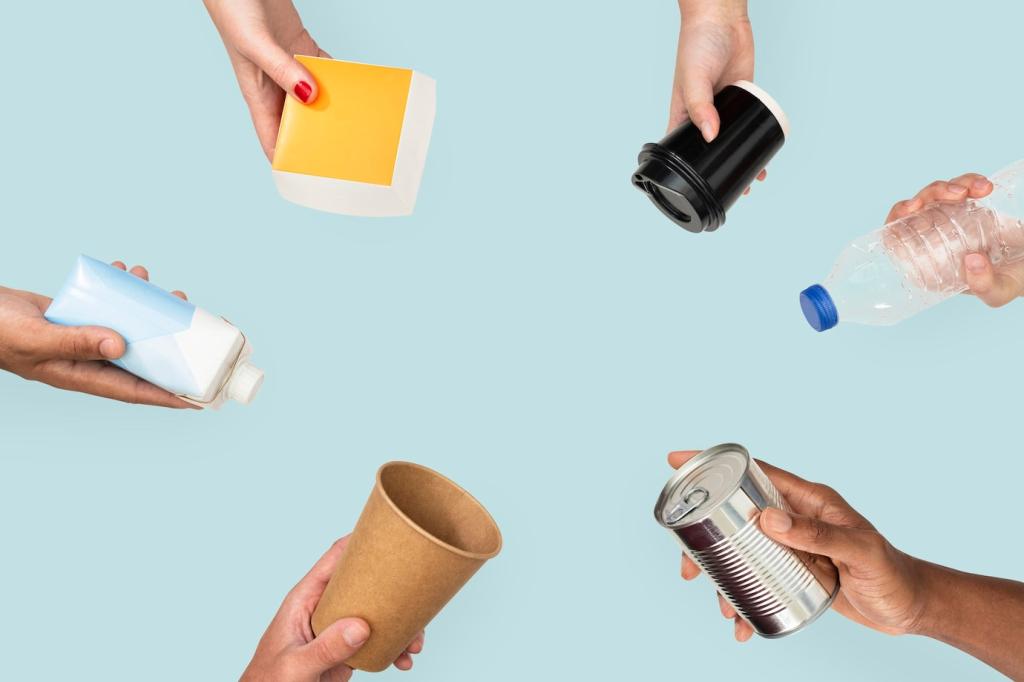
Combining layers, adhesives, and metallic foils can block decomposition, even if each layer is technically compostable. Favor mono-material constructions or mechanically separable parts. Use water-based inks and minimal coatings to keep compost streams clean. What’s your strategy for balancing performance with purity?
Backyard and Balcony Compost Trials
Track mass, moisture, and visual changes weekly in a simple home compost setup. Photograph, weigh, and document odors or residue. Compare to a control sample like cardboard. These honest conditions reveal surprises that lab tests miss. Do you have a timeline to share? We’ll feature exemplary logs in future posts.
Partnering with Industrial Compost Facilities
Connect with local composters early to confirm acceptance criteria. Some facilities reject PLA-lined items; others welcome them. Visit the site and learn their contamination thresholds, curing cycles, and screening steps. What did you discover during your first facility tour? Your insights could save someone else months of trial and error.
Standards, Metrics, and Claims
Standards like EN 13432 and ASTM D6400 define disintegration, biodegradation rates, and eco-toxicity thresholds. Life Cycle Assessment adds system-wide perspective, from feedstock to transport. Anchor marketing language in verified data to avoid greenwashing. Which metrics convince your clients most effectively? Share the dashboards that moved decisions.
Stories from the Field: Successes and Stumbles
A small studio produced a series of mycelium lampshades that softened acoustic echoes and glowed warmly. They documented humidity’s effect on surface texture and designed replaceable inner fittings for longevity. When retired, shades composted cleanly. Would you buy such a lamp? Tell us what styling or finish would win your heart.
A neighborhood café replaced plastic clamshells with bagasse containers and switched liners to certified compostable options. Clear signage near bins boosted correct disposal. Waste audits showed a sharp drop in contamination. What did customers notice most? The sturdiness and the story. Have you executed a similar shift? Share your bin hacks.
An accessories designer prototyped a minimal wallet using cork fabric and algae-based pigments. They documented wear patterns, edge fraying, and user feedback after six months. The product came with a return-to-soil note explaining disassembly. Would you test such a piece? Join our list for beta invitations and design surveys.
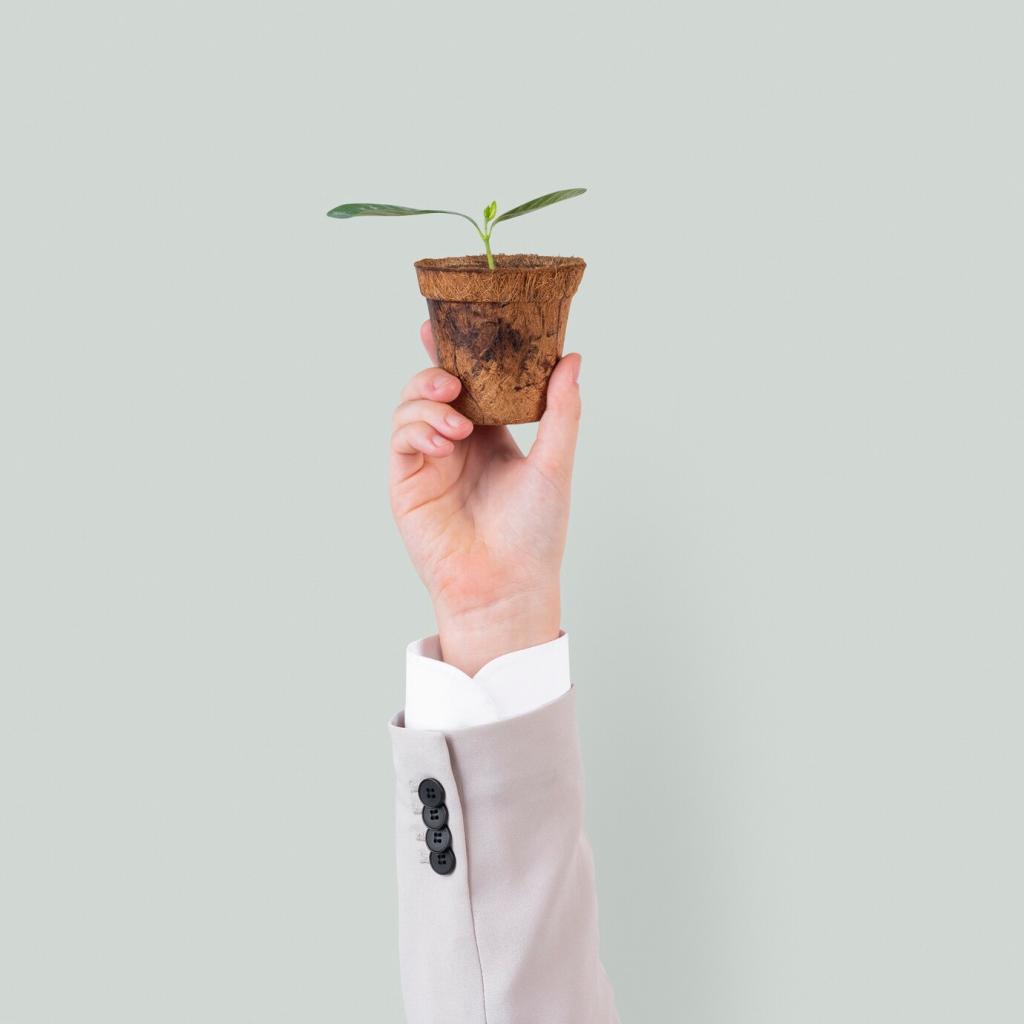
Sourcing, Scale, and Integrity
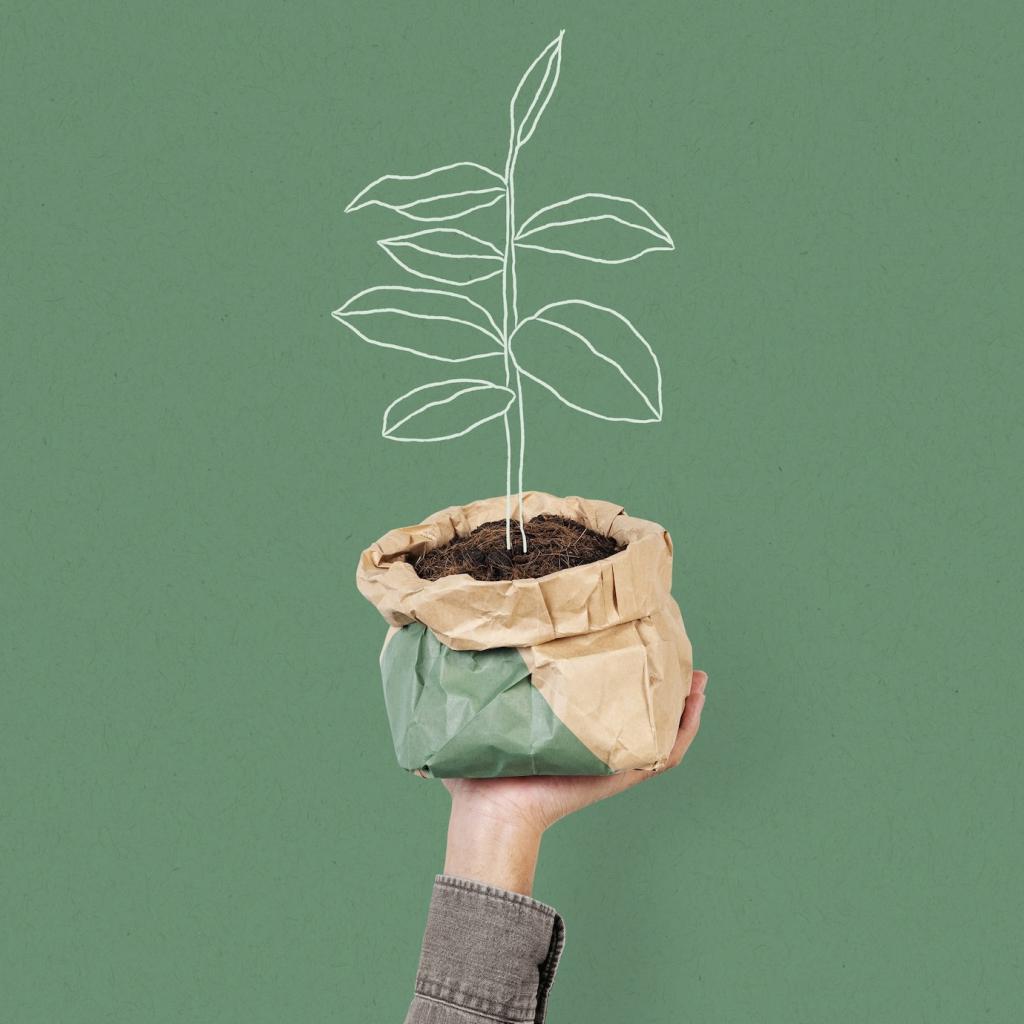
Choosing Credible Suppliers
Request certifications, test reports, and batch traceability. Ask about additives, dyes, and recommended end-of-life pathways. A good supplier will discuss limitations candidly and provide samples for your tests. Which questions have saved you the most trouble? Share your checklist and help others source responsibly.
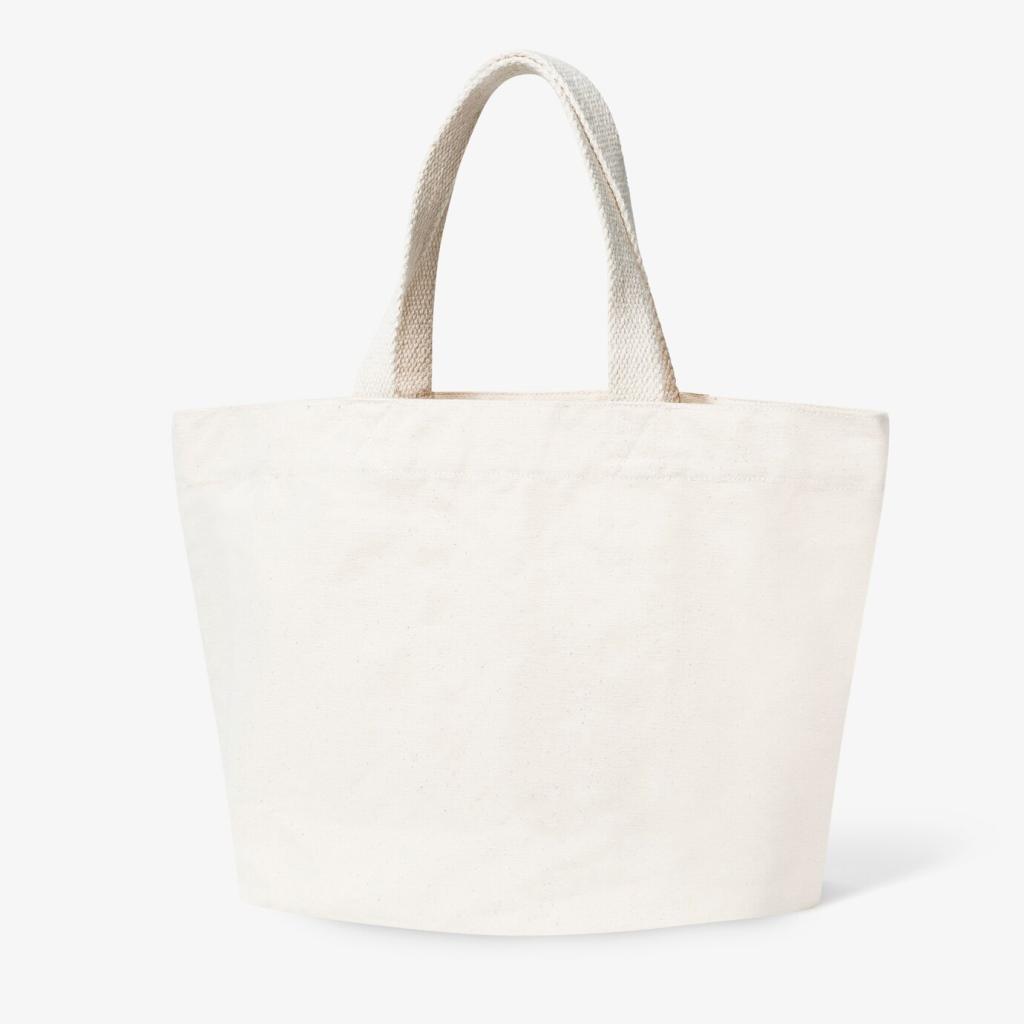
Scaling Without Greenwashing
As volumes grow, messaging must keep pace with reality. Be precise: home-compostable, industrial-compostable, or biodegradable under specific conditions. Provide disposal maps and updates when infrastructure changes. What phrases have you banned from your brand language? Let’s build a shared glossary that earns trust.
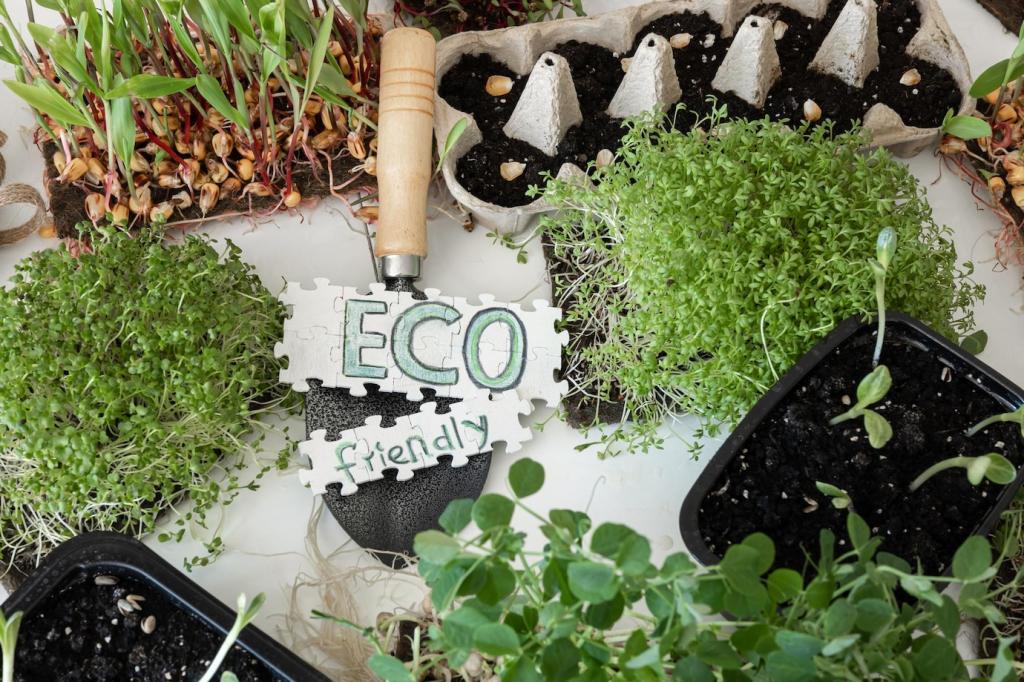
Community, Feedback, and Continuous Learning
Invite users to report product end-of-life outcomes with photos and timestamps. Aggregate results into public dashboards to close the loop. Host workshops with composters, designers, and policymakers. Want to participate? Subscribe, comment with your city, and we’ll connect you with local trials and upcoming meetups.
